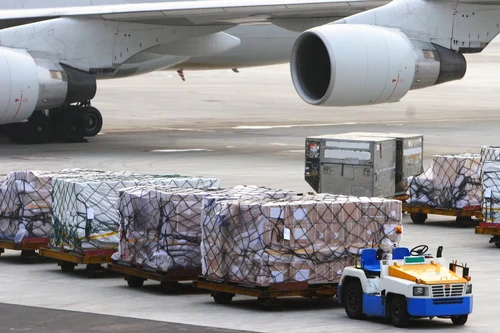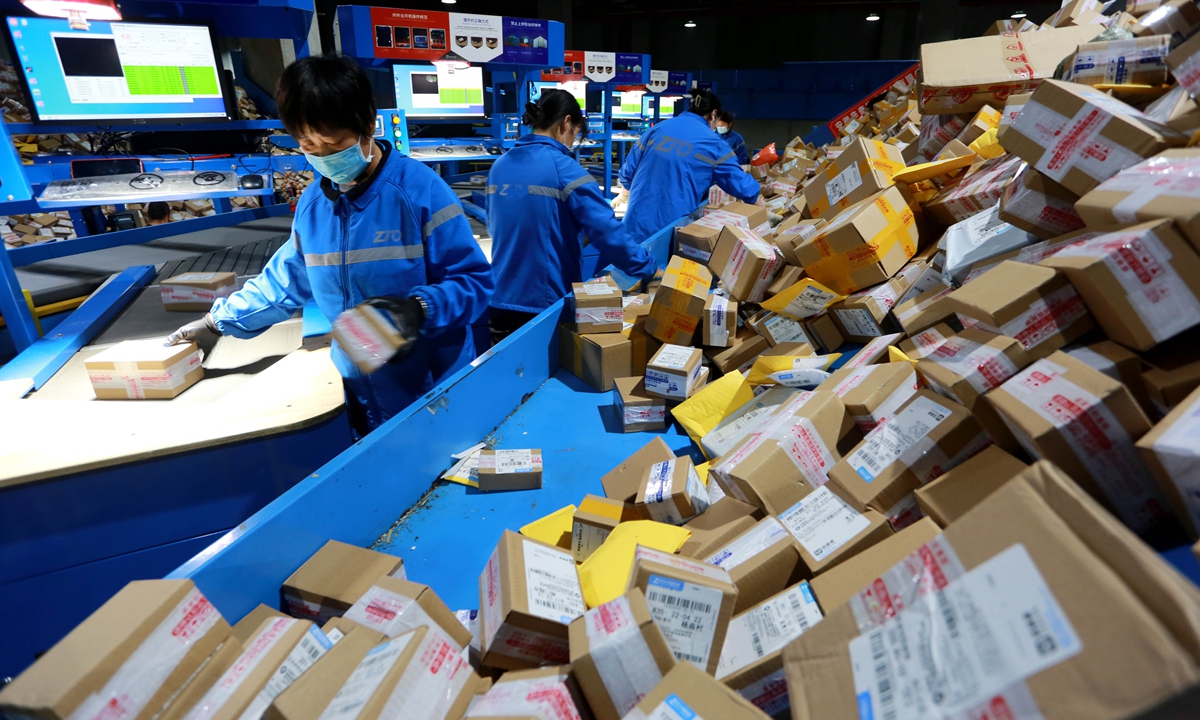Black Friday: What is the real cost of a cheap next-day delivery?
Next-day delivery is convenient, but its hidden environmental and societal costs are far greater than what you pay at checkout. The rapid rise of e-commerce has fueled an unsustainable demand for fast shipping. In the European Union, 75% of internet users made online purchases in 2023, with next-day delivery becoming the norm. However, the environmental impact is staggering.
Air freight, commonly used for express delivery, is 12 times more carbon-intensive than ocean shipping. For example, sending a package from Madrid to Warsaw (about 3,900 km) via air emits 8.82 kilograms of CO₂—equivalent to powering a European household for 1.5 days. On a global scale, the shipping industry is responsible for nearly 3% of greenhouse gas emissions, surpassing Germany's total emissions in a year.

The Global Scale of the Shipping Industry’s Emissions
The environmental toll isn’t limited to carbon emissions. Delivery trucks contribute significantly to air pollution and black carbon, which worsens respiratory health and accelerates the melting of polar ice. With road freight already responsible for 65% of freight-related emissions globally, the ever-growing demand for fast delivery only exacerbates these challenges.
As the shipping industry struggles to decarbonize, we must ask ourselves: is the convenience of next-day delivery worth the cost to the planet?
Source:
Carbon Footprint of Package Shipping & Transport
Amazon’s Shipping and Delivery Emissions Just Keep Going Up
International Maritime Organization (IMO) - IMO GHG Studies
European Commission e-commerce statistics

